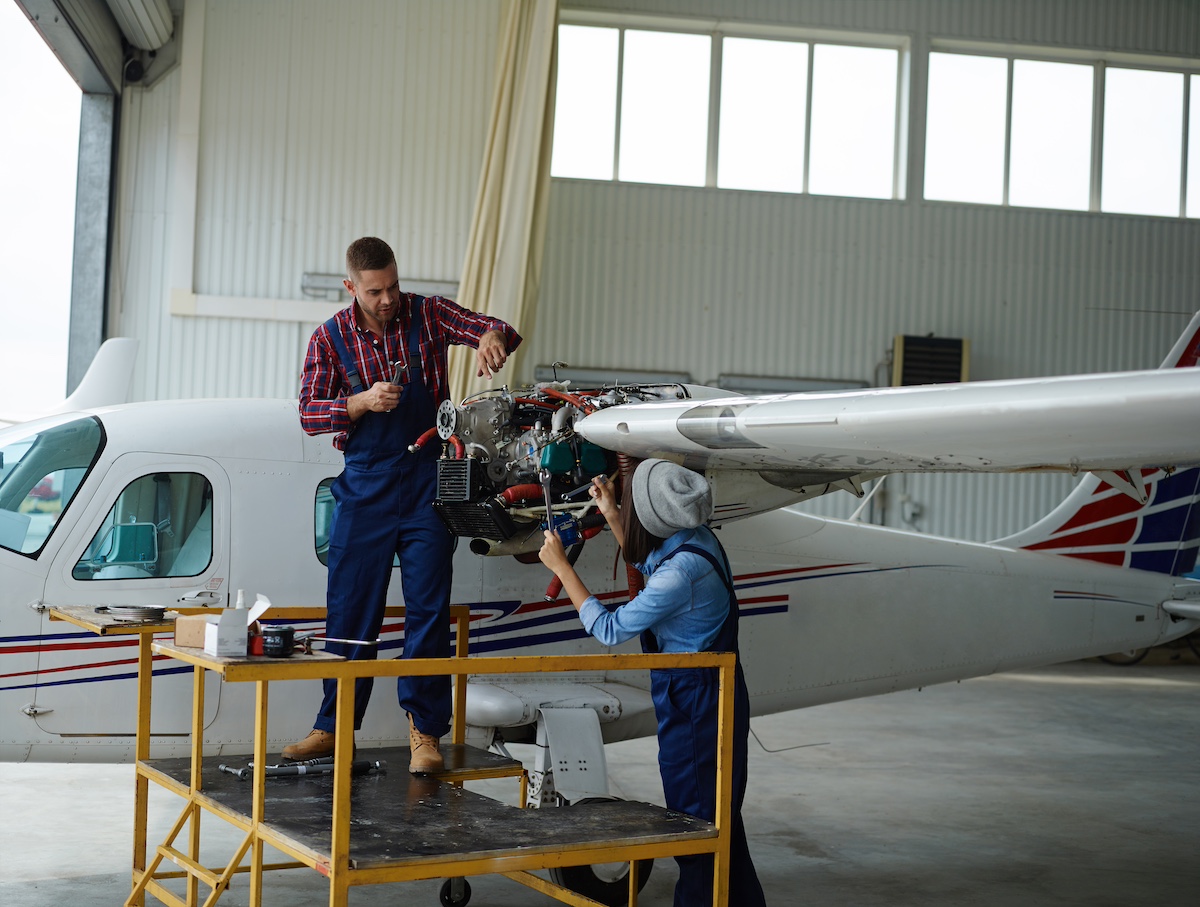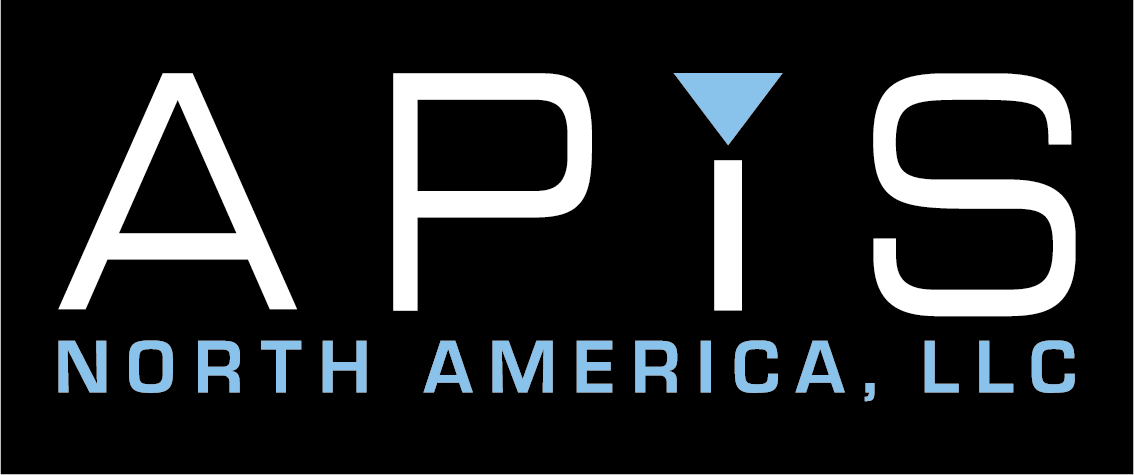Aerospace engineering stands at the forefront of technological innovation, pushing the boundaries of what is possible in human flight and space exploration. As one of the most complex and high-stakes fields, ensuring the reliability and safety of aerospace systems is paramount.
Failure Modes and Effects Analysis (FMEA) and its enhanced version, Failure Modes Effects and Criticality Analysis (FMECA), are critical methodologies that aerospace engineers use to identify and mitigate potential failures, ensuring that aircraft and spacecraft operate safely and efficiently. This article delves into the basics of FMEA and FMECA, their significance in aerospace engineering, and practical steps for their effective implementation.
What is FMEA?
Failure Modes and Effects Analysis (FMEA) is a systematic, proactive method for evaluating a process to identify where and how it might fail and assessing the relative impact of different failures.
FMEA aims to identify potential failure modes, determine their effects on the system, and prioritize the actions needed to mitigate these risks. The origins of FMEA date back to the 1940s when it was first used by the U.S. military to improve the reliability of equipment. Over the decades, FMEA has evolved and found applications in various industries, including automotive, healthcare, and, notably, aerospace.
The Importance of FMEA in Aerospace Engineering
Aerospace systems, ranging from commercial airliners to space probes, are inherently complex and operate under extreme conditions. The failure of any component can have catastrophic consequences, making the identification and mitigation of potential failures crucial. FMEA plays a vital role in aerospace engineering by:
- Improving Safety: By identifying potential failure modes and their effects, FMEA helps engineers develop strategies to mitigate risks, enhancing the overall safety of aerospace systems.
- Enhancing Reliability: FMEA aids in understanding the weaknesses of a system and improving its reliability through preventive measures.
- Cost Reduction: Identifying and addressing potential failures early in the design phase can save significant costs associated with late-stage redesigns, recalls, and repairs.
- Compliance with Standards: Aerospace industry standards, such as AS9100 and ISO 9001, require rigorous risk management practices, including FMEA, to ensure quality and safety.
Key Components of FMEA
FMEA consists of several key components that form the basis of the analysis. Understanding these components is essential for effectively implementing FMEA:
- Failure Modes: These are the ways in which a component, subsystem, or system can fail. Each failure mode is a potential fault that could impact the system’s functionality.
- Failure Causes: These are the reasons behind each failure mode, often stemming from design flaws, manufacturing defects, or operational errors.
- Failure Effects: These describe the consequences of each failure mode on the system, including how it affects system performance, safety, and reliability.
- Prevention Methods: These represent actions taken during product development to “design out” the failure, such as design optimization analysis, design best practices, or methods.
- Detection Methods: These are actions taken to expose potential failures of the design during product development, prior to production.
FMEA worksheets typically organize this information into a structured format, allowing engineers to systematically analyze and prioritize failure modes based on their severity, occurrence, and detectability.

Introduction to FMECA
In the aerospace industry, FMECA (Failure Modes Effects and Criticality Analysis) is often used. FMECA builds upon FMEA by adding Criticality Analysis (CA). The origins of FMECA can be traced back to Mil-Std-1629, published in 1974 by the Department of Defense, and revised in 1980 as Mil-Std-1629A. According to Mil-Std-1629A:
- FMEA is “a procedure by which each potential failure mode in a system is analyzed to determine the results or effects thereof on the system and to classify each potential failure mode according to its severity.”
- FMECA is an FMEA with an added Criticality Analysis (CA). CA is “a procedure by which each potential failure mode is ranked according to the combined influence of severity and probability of occurrence.”
In military work, and often in aerospace projects, FMEA is typically conducted with Criticality Analysis, making it FMECA.
The FMEA/FMECA Process
Conducting an FMEA or FMECA involves a series of steps designed to methodically evaluate potential failures and develop mitigation strategies. Here is a step-by-step guide to the FMEA/FMECA process:
- Assembling the Team: A multidisciplinary team is essential for an effective FMEA/FMECA, bringing together diverse expertise to identify and analyze potential failures comprehensively.
- Defining the Scope and Boundaries: Clearly define the scope of the analysis, including the system or process to be analyzed, its boundaries, and the level of detail required.
- Identifying Potential Failure Modes: Brainstorm and list all possible ways the system or its components could fail. This step involves considering both historical data and potential new failure modes.
- Analyzing Failure Effects and Causes: For each identified failure mode, determine its effects on the system and its potential causes. This step helps in understanding the impact and root causes of failures.
- Assessing Risk Using the Risk Priority Number (RPN): Calculate the RPN for each failure mode by multiplying the severity, occurrence, and detectability ratings. The RPN helps prioritize failure modes based on their overall risk.
- Conducting Criticality Analysis for FMECA: In addition to the RPN, evaluate the criticality of each failure mode by considering both the severity and the probability of occurrence, providing a more comprehensive risk assessment.
- Developing Mitigation Strategies and Actions: Based on the RPN and Criticality Analysis, develop and implement strategies to mitigate high-priority failure modes. This may include design changes, process improvements, or enhanced detection methods.
- Reviewing and Updating the FMEA/FMECA: FMEA/FMECA is a dynamic process that requires regular updates as new information becomes available or as changes are made to the system or process.
Common Tools and Techniques Used in FMEA and FMECA
Various tools and techniques can aid in the FMEA/FMECA process, enhancing its effectiveness and efficiency. Some commonly used tools include:
- FMEA/FMECA Software: Specialized software can streamline the FMEA/FMECA process by providing templates, automating calculations, and facilitating team collaboration.
- Fishbone Diagrams (Ishikawa Diagrams): These diagrams help identify potential causes of failure by organizing them into categories, such as materials, methods, machines, and people.
- Pareto Analysis: This technique helps prioritize failure modes by identifying the few causes that contribute to the majority of problems, based on the Pareto principle (80/20 rule).
Challenges and Best Practices in Implementing FMEA and FMECA
Implementing FMEA and FMECA in aerospace engineering can present several challenges, but following best practices can help overcome these obstacles:
Common Challenges:
- Resource Constraints: Conducting a thorough FMEA/FMECA requires time, expertise, and financial resources, which may be limited in some projects.
- Complexity: The complexity of aerospace systems can make it difficult to identify and analyze all potential failure modes.
- Data Availability: Accurate data on failure modes, causes, and effects may be scarce or difficult to obtain, impacting the quality of the analysis.
Best Practices:
- Cross-Functional Teams: Involve experts from different disciplines to ensure a comprehensive analysis of potential failures.
- Regular Updates: Continuously update the FMEA/FMECA as new information becomes available or changes are made to the system or process.
- Training and Education: Provide training to team members on FMEA/FMECA principles and techniques to enhance their effectiveness.
- Use of Tools: Leverage FMEA/FMECA software and other tools to streamline the process and improve accuracy.
Future Trends in FMEA and FMECA in Aerospace Engineering
The field of FMEA and FMECA is continually evolving, with new trends and advancements shaping its future. Some emerging trends in FMEA and FMECA and aerospace engineering include:
- Integration with Digital Twins: Digital twin technology allows engineers to create virtual models of physical systems, enabling real-time monitoring and analysis of potential failure modes.
- AI and Machine Learning: Artificial intelligence and machine learning algorithms can enhance FMEA/FMECA by predicting failure modes based on historical data and identifying patterns that may not be apparent through traditional analysis.
- Enhanced Collaboration Tools: Advanced collaboration tools facilitate better communication and data sharing among team members, improving the efficiency and effectiveness of the FMEA/FMECA process.
- Focus on Human Factors: Increasing attention is being paid to human factors in safety-critical systems, recognizing the importance of human performance and behavior in preventing failures.
Failure Modes and Effects Analysis (FMEA) and Failure Modes Effects and Criticality Analysis (FMECA) are vital methodologies in aerospace engineering, helping to ensure the reliability and safety of complex systems. By systematically identifying and mitigating potential failure modes, FMEA and FMECA enhance safety, improve reliability, and reduce costs. Implementing these analyses effectively requires a multidisciplinary approach, the use of appropriate tools and techniques, and a commitment to continuous improvement.
As the aerospace industry continues to evolve, embracing new technologies and methodologies will be essential for maintaining the highest standards of safety and reliability. FMEA and FMECA will remain cornerstones of risk management in aerospace engineering, guiding engineers in their quest to push the boundaries of flight while ensuring the utmost safety and performance.
For more insights and professional support in implementing FMEA and FMECA in your aerospace projects, contact APiS North America®. Our team of experts is dedicated to helping you achieve the highest standards of reliability and safety in your engineering endeavors. Subscribe to our newsletter for updates on the latest trends and best practices in safety and reliability engineering.








